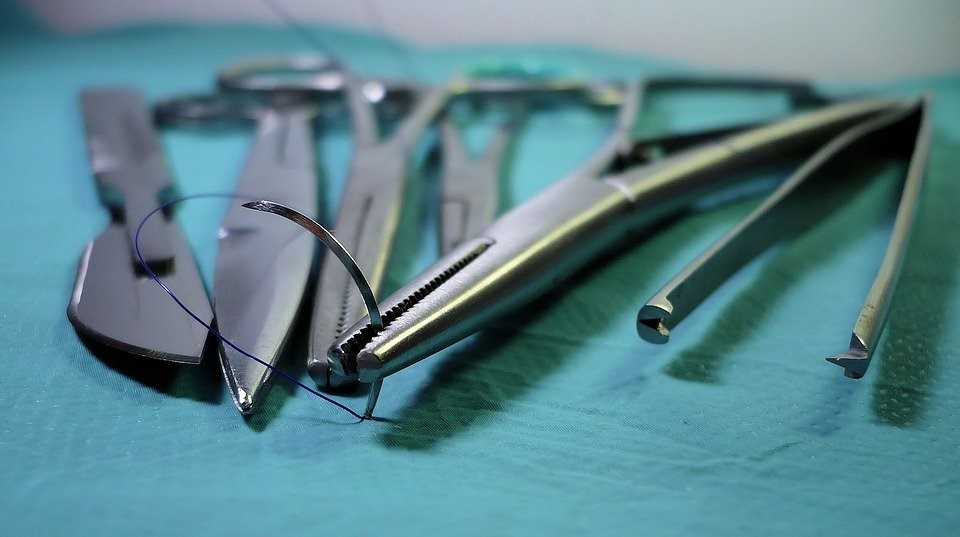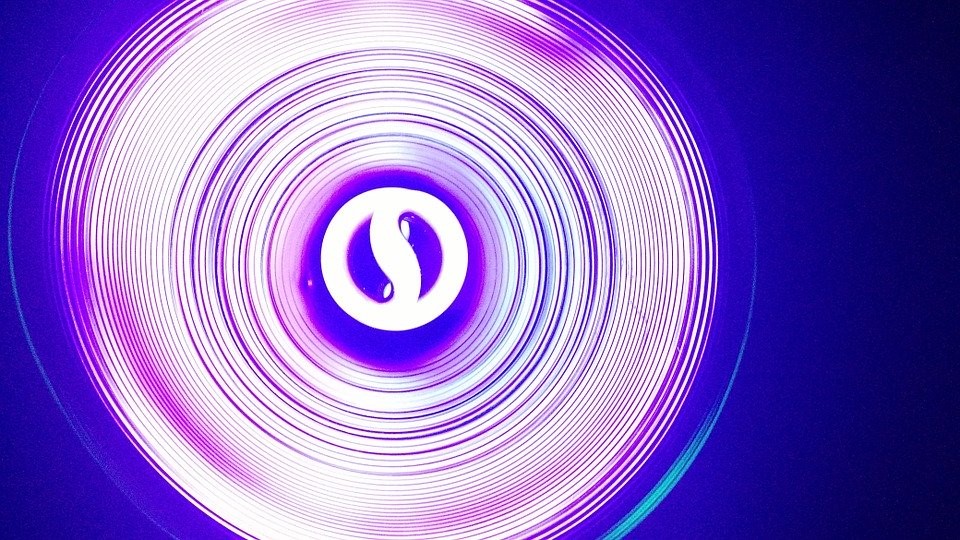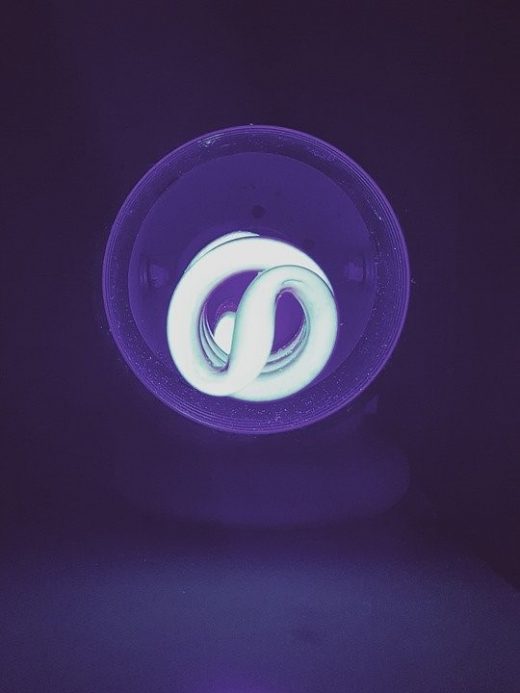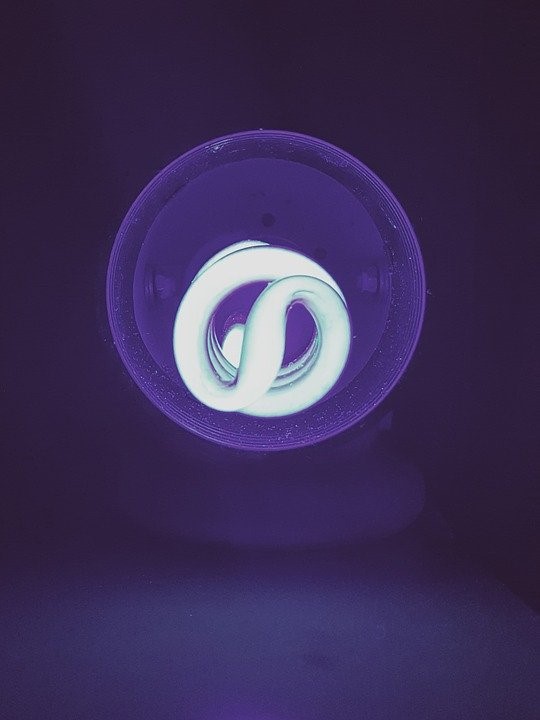Benefits of Using UV Light for Disinfection
Benefits of Using UV Light for Disinfection
Human beings have been contending with pathogens since the beginning of time, although knowledge of them is fairly new to our species. Since the connection between pathogens and health problems was established decades ago, people have known of the need to clean and disinfect their surroundings. But sanitizing and disinfecting have become more important for commercial and domestic spaces in recent times especially since the arrival of the devastating COVID 19 pandemic. It is no surprise therefore that many people are looking to UV disinfectant lighting as a solution to the sanitization problems they face. UV light emerged as a pathogen elimination tool a few decades ago and, while research continues into its safety and function, its application has been evolving ever since. While Germicidal lighting should definitely be approached with caution, it does offer many lucrative benefits that are quite applicable in these times.

UV disinfectant lighting fixtures are designed to produce ultraviolet rays of light that spring into action in the presence of viruses and bacteria. This type of light creates an environment that makes it difficult for most viruses and bacteria, including some coronaviruses, to thrive. When the UV rays come into contact with a pathogen, it disrupts its DNA leading to its death or neutralization.
Reduction or Elimination of Reliance on Chemical Disinfectants
One of the primary advantages of UV lighting is the fact that it eliminates the need for chemical disinfectants. When UV germicidal lighting is used for air and surface purification, the reliance on chemical disinfectants is eliminated. One advantage here is the elimination of the need to use resources to source chemical disinfectants. Additionally, the logistics involved in transporting these chemicals are avoided. A further advantage is the elimination of the need to store these potentially harmful chemicals. This is very important since these chemicals often feature accidents that happen both in the home and in the workplace.
The use of UV sanitization lighting is also beneficial to the environment. This is because the reliance on harmful chemicals is reduced, lowering the likelihood of residue from chemical cleaning seeping into the earth or dissipating into the atmosphere. In other words, UV sanitization is a more eco-friendly way to eliminate pathogens, which in the long term also reduces the company or individual’s carbon footprint.
In industrial settings where the space to be sanitized is quite expansive, germicidal lighting becomes quite convenient and efficient. Instead of engaging an entire team to tackle the task of frequent sanitization, the organization can install UV sanitizing lights and activate them when space is cleared for sanitization. The light rays can also reach crevices and heights that would prove challenging for manual cleaners. In other words, UV sanitization offers a thorough pathogen removal action.
Germicidal Lighting has a Track Record for Excellent Performance

Unlike many chemical disinfectants, germicidal irradiation germicidal lighting permeates the atmosphere to remove pathogens with a remarkable degree of accuracy that surpasses that of most chemical disinfectants. In other words, UV disinfecting lights offer users powerful disinfecting action. Scientists have found that the UV rays in germicidal lighting can eliminate 99.99 percent or more of the pathogens in the atmosphere or on a surface. As a result, the air is left safer to breathe and surfaces are safer for use.
Germicidal lighting’s excellent track record for eliminating pathogens has led to its popularity in the medical field. It is becoming increasingly popular as the preferred method for sterilizing medical tools and spaces in between procedures. Many hospitals around the world have included this among their sterilization strategies, usually for medical tools and surgical theaters.
As a result of the reliability of UV lighting in the medical field as a sterilizer, dental practices around the world and in the US are considering using it to facilitate their return to operations in a post COVID world. Dental practices are contemplating using the UV lights to carry out sanitization of equipment and dental labs in order to keep employees and clients safe. This sanitization, of course, would need to take place under controlled conditions with no animal or human life present.
Germicidal Lighting can be Applied to Food and Drink
Commercial disinfectants typically cause harm when ingested by people or animals. With germicidal lighting, this concern is removed because there is no residue left on the target after UV light has been applied. This is why UV disinfecting lights have become so important in water purification and food processing situations. UV light has been used successfully to remove viruses and bacteria from water and as a result, is now being considered by researchers as a potential solution to global water safety issues. In treating water with germicidal lighting, experts devise systems that allow water to flow through a chamber that is flooded with UV light. As the water passes through the chamber, the UV rays alter the DNA of algae, mold spores as well as bacteria and viruses, leaving the water safer for users. When water is treated this way, the need for chlorine is reduced by 20-50%.
Food plants and trucks are effectively cleared of pathogens that could contaminate food through the use of these sanitizing lights. The lights leave no harmful chemical traces on the surfaces afterward and so food preparation can safely continue after sanitization. This use of germicidal lighting has been so effective so far that scientists are now actively seeking other ways to use it to ensure food security. Current research is targeting the use of UV sanitization directly to food items to remove pathogens.
Continuous Disinfecting Action
When this non-chemical form of pathogen removal is used inside air circulation systems like HVACs, the building and its users benefit from continuous air sanitization. While it permeates your HVAC system, the UV lights are at work eliminating mold, coronaviruses and other pathogens that can cause health problems. This is far superior to manual cleanings in terms of efficiency as it prevents the emergence of pathogens between cleanings. This eliminates the need for cleaning specialists to come into contact with these chemicals which sometimes affect their health. It also offers another level of convenience as physical cleaning teams are no longer needed.
In scenarios that require daily sanitization of commercial or industrial spaces UV disinfecting lights are helpful as they can be used to automatically remove pathogens. The recommended timing for this is during the periods when the space is unoccupied (such as at nights or the unassigned periods between shifts).
Dual Purpose

In addition to providing a thoroughly sanitizing effect, germicidal lighting also offers illumination. The light provided by UV sources improves visibility at night and in enclosed spaces such as laboratories. This means that in a factory setting, for instance, the UV lights help security teams monitoring the installed cameras to observe the situation inside the plant. UV disinfecting lights are also eco-friendly in terms of how they operate. This is because the type recommended for use as a disinfector are the low-pressure lamps which uses low levels of energy radiation making them quite energy efficient.
In a nutshell, therefore, UV disinfectant lighting is a convenient and thorough approach to sanitization with a promising future as a global disinfecting tool.
About the Author: Jennifer Brown
Jennifer Brown – I have managed campaigns for high turnover, written for global brands, as well as managed my own side hustles.
(47)



